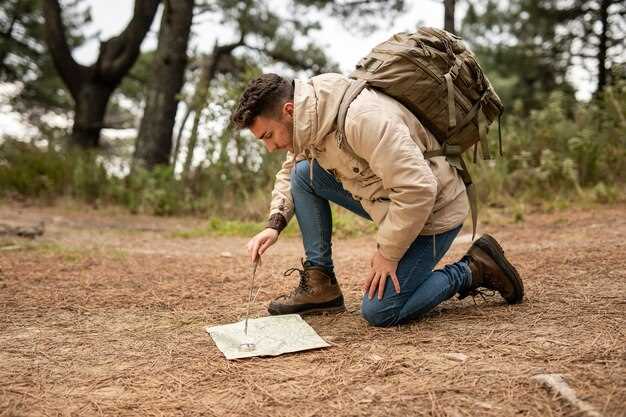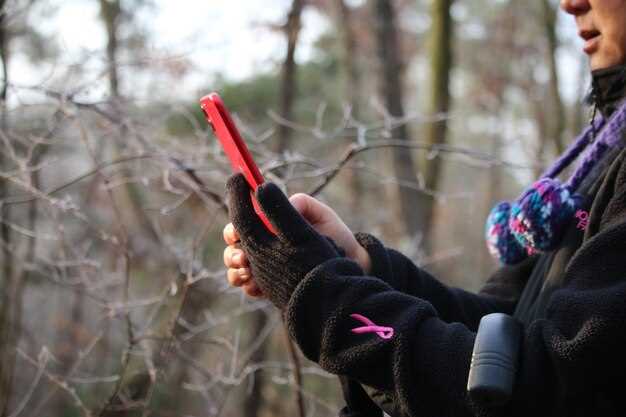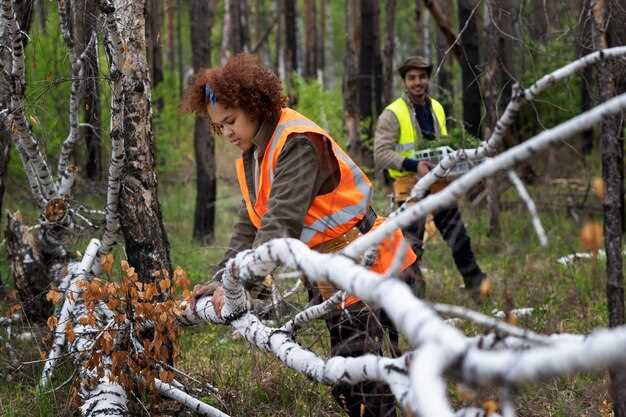How to Report a Hunting Accident Correctly


Hunting is an activity that brings people closer to nature and allows for a deep connection with the outdoors. However, as with any sport, incidents can occur. A hunting accident can lead to serious consequences, not just for the individuals involved but also for the wider community. Accurately reporting such incidents is crucial to ensure the safety of all participants and to facilitate appropriate responses from authorities.
To properly report a hunting accident, it is essential to understand the key steps involved. First and foremost, one must assess the situation and determine the severity of the incident. Immediate medical attention should be sought if anyone is injured. Following that, gathering precise details about the accident is vital for a comprehensive report. This includes noting down the time, location, and circumstances surrounding the incident, as well as the identities of those involved.
When filing a report, clarity and accuracy are of utmost importance. Use clear language to describe the incident and avoid any ambiguity. In many regions, specific forms may be required for hunting accident reports, which often need to be submitted to local wildlife authorities or law enforcement. Adhering to these procedures not only aids in effective investigation but also helps in preventing future accidents and promoting safer hunting practices.
Understanding Legal Obligations for Reporting Hunting Incidents

When it comes to hunting accidents, awareness of legal obligations is crucial for all hunters. Each state or country has specific laws governing the reporting of hunting incidents, and failure to adhere to these regulations can result in serious consequences. Generally, hunters are required to report any accidents that result in injury or death, whether to fellow hunters or bystanders.
The legal definition of what constitutes a reportable incident may vary, but it typically includes any accidental discharge of a firearm that causes personal injury, or any event where a hunting-related accident results in a fatality. In many jurisdictions, it is mandatory to immediately report such incidents to local law enforcement or wildlife authorities.
Besides the immediate requirements, hunters must also be aware of the time frames in which incidents must be reported. Delays in reporting can complicate investigations and lead to legal repercussions. Therefore, it is advisable to familiarize oneself with local laws and procedures regarding the reporting of hunting accidents.
In addition to legal repercussions, reporting incidents accurately and promptly can have implications for hunting licenses and future hunting privileges. Authorities may consider a pattern of unreported accidents when evaluating an individual’s eligibility to hunt, emphasizing the importance of compliance with reporting laws.
Overall, understanding the intricate legal framework surrounding the reporting of hunting incidents is essential for responsible hunting practices. By being informed and responding correctly to any accidents, hunters can not only avoid legal trouble but also contribute to the safety and integrity of the hunting community.
Steps to Create a Comprehensive Incident Report

Creating a thorough incident report following a hunting accident is crucial for legal and safety reasons. Here are the essential steps to ensure your report is complete and precise.
First, gather all relevant information immediately after the incident. Document the date, time, and exact location of the accident. Include weather conditions, terrain features, and any other environmental factors that may have contributed to the incident.
Next, describe the incident in detail. Include a clear sequence of events leading up to the accident, what occurred during the incident, and the aftermath. Use objective language, avoiding speculation. This section should be factual and unbiased.
Collect identification details of all parties involved, including names, contact information, and hunting licenses. If there were witnesses, obtain their statements and contact data as well. Witness accounts can provide additional context and validate your report.
Incorporate any relevant evidence. Take photographs of the scene, the individuals involved, and any injuries. Note any equipment used during the hunting trip that may have contributed to the accident.
Ensure compliance with local hunting laws. Familiarize yourself with the regulations governing hunting and reporting incidents in your state. This includes knowing the required forms and authorities to contact post-incident.
Finally, review and revise your report before submitting it to the appropriate officials. Clarity and accuracy are vital in presenting a comprehensive overview of the incident. Retain a copy of the report for your records as well.
Key Information to Include in Your Report
When reporting a hunting accident, it is crucial to include specific information to ensure compliance with the law and to facilitate a thorough investigation. Begin by documenting the date and time of the incident, as well as the exact location where the accident occurred. This information is vital for law enforcement and wildlife authorities.
Next, provide a detailed description of the circumstances leading up to the accident. Include the type of hunting being conducted, the species targeted, and the number of individuals involved. It is also essential to mention whether safety protocols, such as wearing blaze orange, were followed by all participants.
Identify all individuals present at the scene, including their roles in the hunting party and their contact information. If applicable, mention any witnesses who may have seen the incident unfold. Their accounts can be crucial for legal investigations or insurance claims.
Detail the nature of the accident, including what occurred, the type of injury sustained, and any first aid measures that were administered. If emergency services were contacted, note the time and the response of medical personnel. This information can influence both the legal ramifications and the appropriate follow-up actions.
Finally, include any relevant evidence, such as photographs of the scene or copies of permits and licenses. This documentation may be necessary to comply with state hunting regulations and can assist in clarifying the circumstances surrounding the incident. Proper reporting not only aids in legal adherence but also contributes to improving safety in the hunting community.





